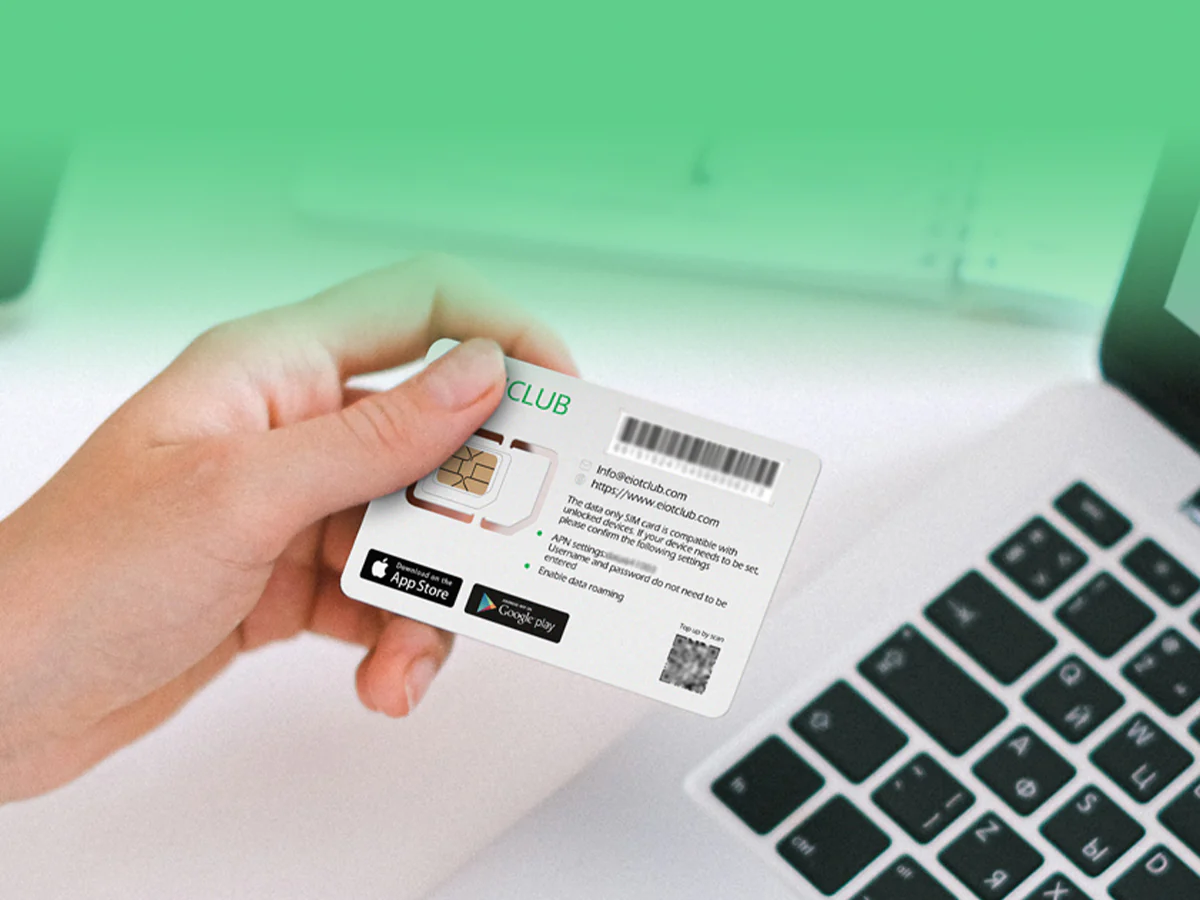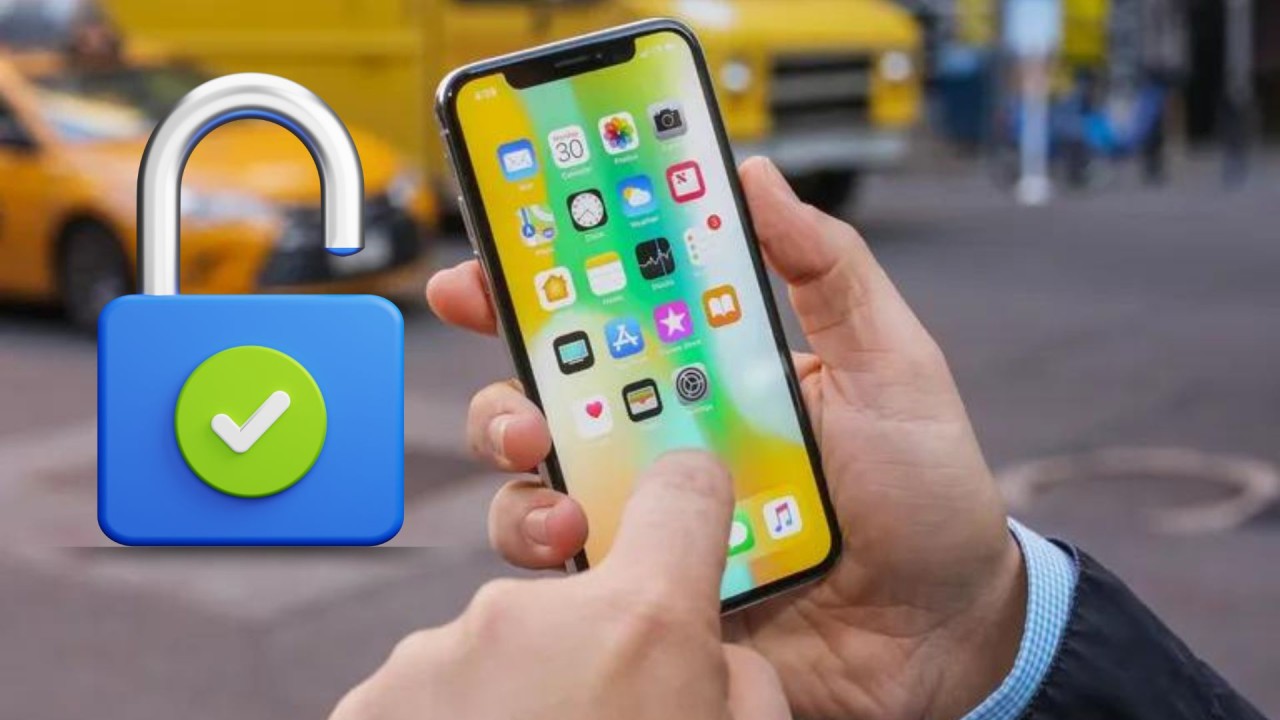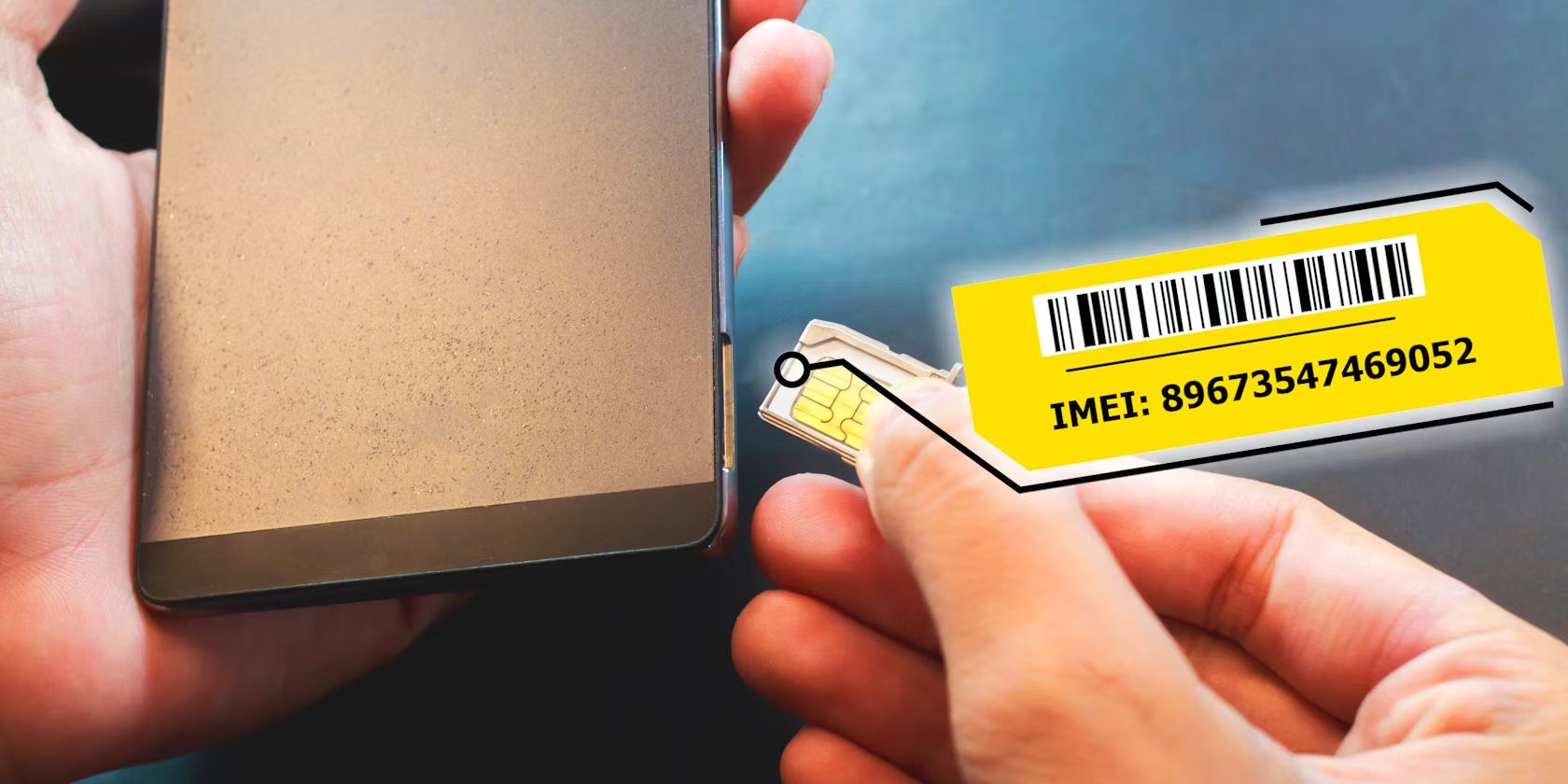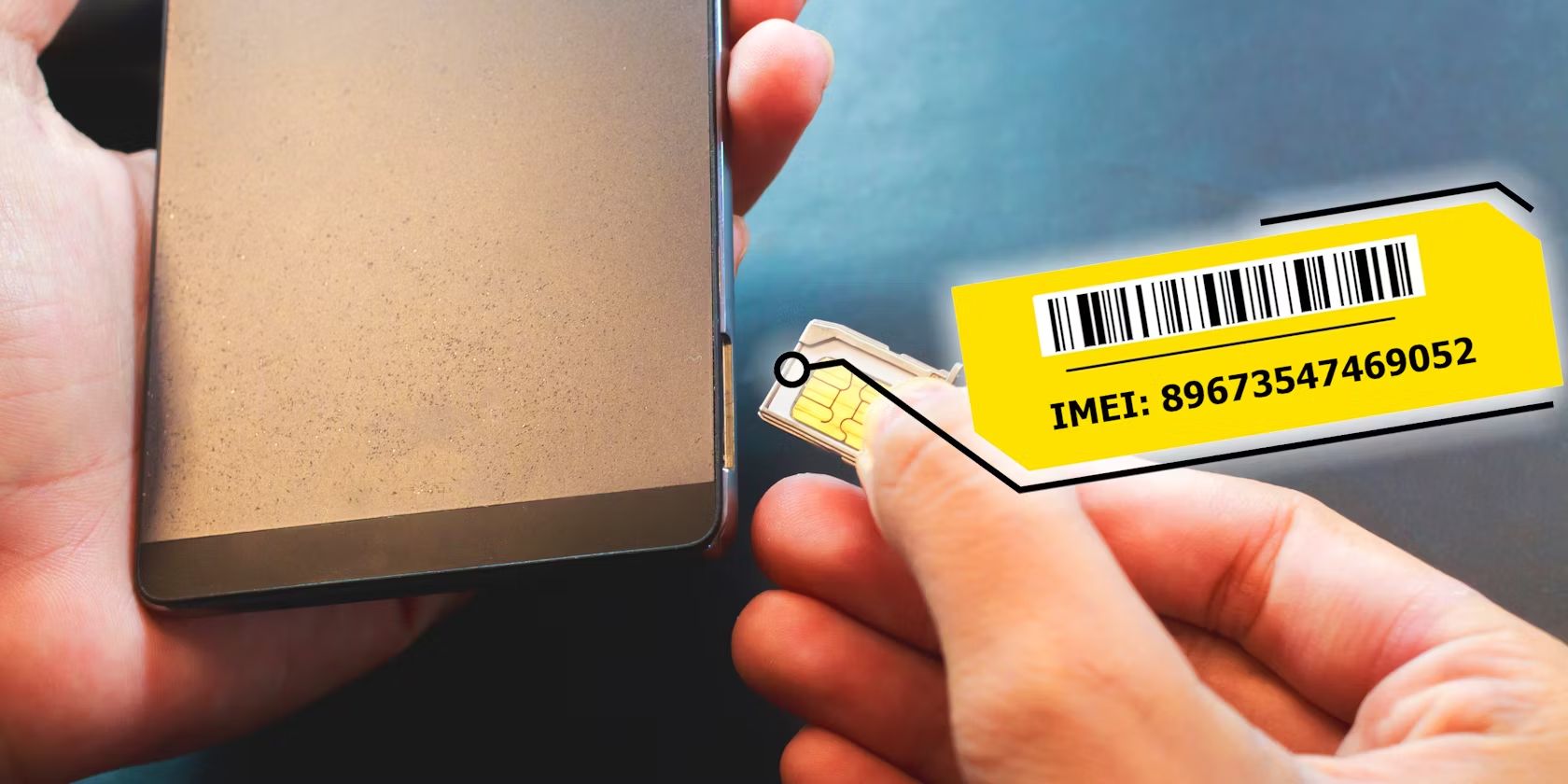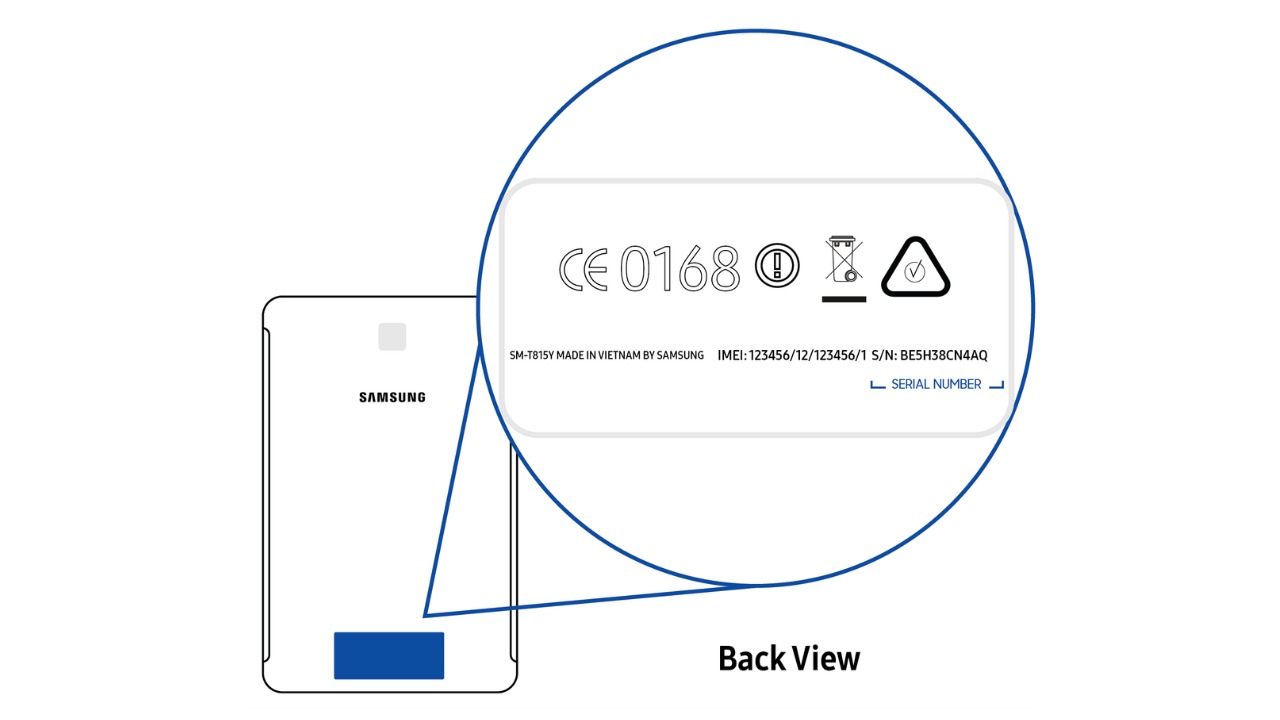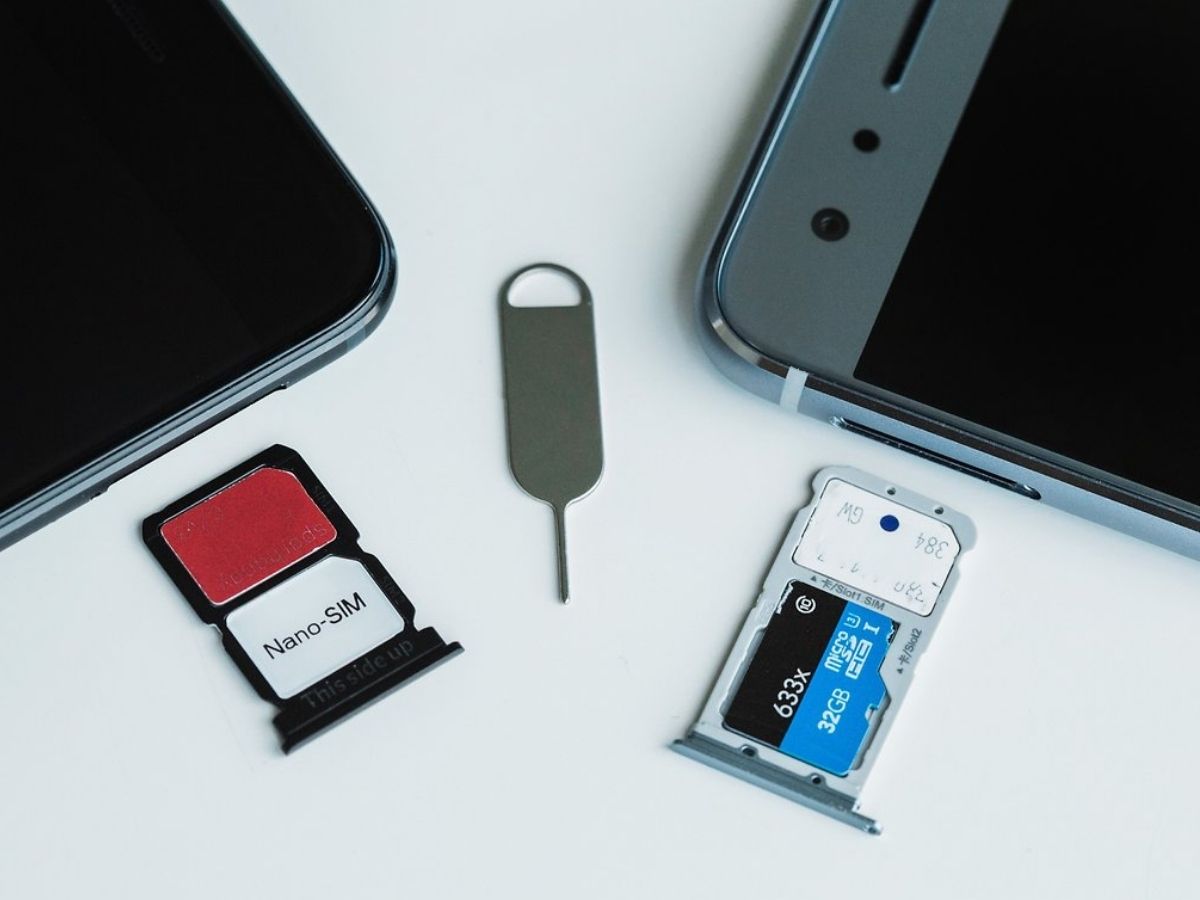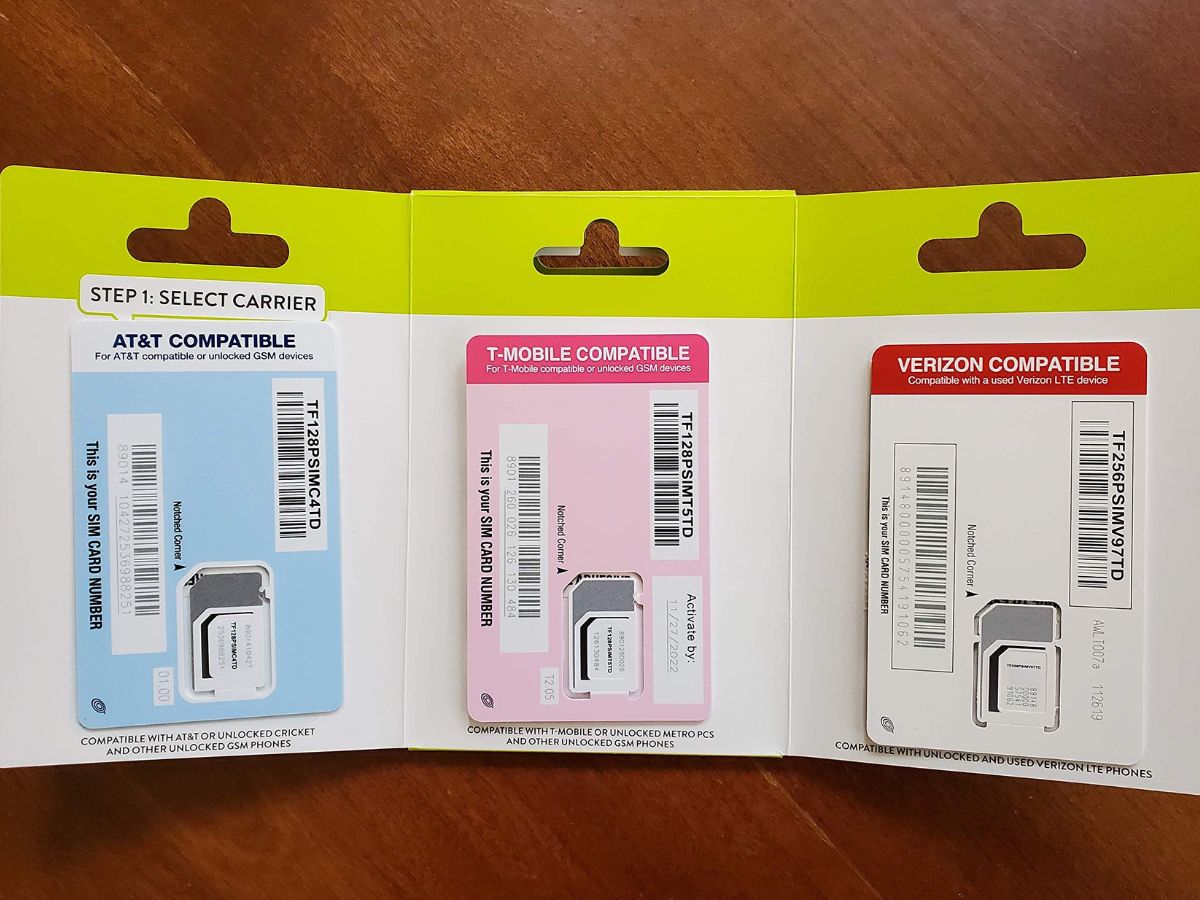Introduction
In today's digital age, mobile devices have become an indispensable part of our daily lives. Whether it's for staying connected with loved ones, accessing information on-the-go, or conducting business, the reliance on mobile technology is undeniable. At the heart of this connectivity lies the SIM card, a small yet crucial component that enables our devices to communicate with cellular networks and access a myriad of services.
Understanding the role of a SIM card goes beyond its physical presence within a device. It involves recognizing the unique identification details associated with it, particularly the serial number. This serial number, also known as the ICCID (Integrated Circuit Card Identifier), serves as a distinct fingerprint for each SIM card, facilitating its identification and authentication within the mobile network ecosystem.
As users, comprehending the significance of the serial number on a SIM card is paramount. It not only aids in troubleshooting connectivity issues but also plays a pivotal role in securing the integrity of mobile communications. Moreover, in scenarios such as SIM card replacement or activation, having access to the serial number streamlines the process, ensuring a seamless transition without compromising on security.
In this comprehensive guide, we delve into the intricacies of SIM cards, elucidate the importance of the serial number, and provide detailed insights on how to locate this critical identifier on various types of SIM cards. By equipping ourselves with this knowledge, we empower ourselves to navigate the mobile landscape with confidence and ensure the smooth functioning of our devices. Let's embark on this enlightening journey to unravel the mysteries of the SIM card serial number and its indispensable role in our mobile experiences.
Understanding SIM Cards
A Subscriber Identity Module (SIM) card is a small, removable smart card that is inserted into mobile devices, such as smartphones, tablets, and some feature phones. Its primary function is to securely store the international mobile subscriber identity (IMSI) and the related key used to identify and authenticate subscribers on mobile telephony devices. SIM cards are essential for connecting to a mobile network, as they contain crucial information that allows devices to communicate with cellular networks and access voice, messaging, and data services.
SIM cards come in various form factors, including the standard SIM, micro-SIM, and nano-SIM, each tailored to fit different device types. The standard SIM, also known as a mini-SIM, was the predominant form factor in the past. However, with technological advancements and the quest for slimmer devices, the micro-SIM and nano-SIM have gained prominence due to their smaller sizes. Despite the variations in form factor, the fundamental functionality of SIM cards remains consistent across the board.
One of the key features of a SIM card is its ability to store essential information, including the subscriber's phone number, network authorization data, contacts, and text messages. This data storage capability enables users to seamlessly transfer their information from one device to another by simply swapping the SIM card. Additionally, SIM cards play a crucial role in ensuring the security and privacy of mobile communications, as they authenticate the user and encrypt communications to prevent unauthorized access.
Furthermore, SIM cards are not limited to a single device. Users can easily move their SIM card from one compatible device to another, allowing for flexibility and convenience. This feature is particularly beneficial when upgrading to a new device, as it eliminates the need to undergo a tedious reconfiguration process. Moreover, in the event of a lost or damaged device, the SIM card can be swiftly transferred to a replacement device, ensuring uninterrupted access to mobile services.
In essence, SIM cards serve as the gateway to mobile connectivity, providing a secure and portable means of accessing telecommunication services. Understanding the significance of SIM cards in facilitating seamless communication and data access is essential for users seeking to harness the full potential of their mobile devices. By grasping the fundamental role of SIM cards, individuals can navigate the intricacies of mobile technology with confidence and optimize their mobile experiences.
Importance of the Serial Number
The serial number of a SIM card, also known as the ICCID (Integrated Circuit Card Identifier), holds immense significance in the realm of mobile technology. Serving as a unique identifier for each SIM card, the serial number plays a pivotal role in various aspects of mobile communication and device management.
One of the primary reasons why the serial number is crucial lies in its role in network identification and authentication. When a mobile device connects to a cellular network, the network uses the SIM card's serial number to verify the device's identity and authorize its access to the network. This process is essential for ensuring secure and authenticated communication, safeguarding users' privacy and preventing unauthorized access to the network.
Moreover, the serial number is indispensable in the context of device management and security. In scenarios such as SIM card replacement or activation, the serial number serves as a key piece of information for verifying the authenticity of the SIM card and associating it with the user's account. This process streamlines the activation or replacement process, ensuring that only authorized SIM cards are utilized, thereby enhancing security measures.
Furthermore, the serial number plays a crucial role in troubleshooting connectivity issues and tracking SIM card usage. In the event of network-related problems or discrepancies in service provision, mobile operators and users can utilize the serial number to identify and address the root cause of the issue. Additionally, tracking the usage and activity associated with a specific SIM card becomes feasible through its serial number, enabling users to monitor and manage their mobile services effectively.
From a user perspective, the serial number serves as a vital reference point for identifying and distinguishing between multiple SIM cards, especially in scenarios where individuals possess multiple devices or SIM cards. This distinction is essential for ensuring the correct association of SIM cards with respective devices and accounts, minimizing confusion and errors in device management.
In essence, the serial number on a SIM card is not merely a random sequence of digits; it is a fundamental component that underpins the security, authentication, and operational integrity of mobile communication. By recognizing the importance of the serial number and its multifaceted contributions to the mobile ecosystem, users can harness its potential to optimize their mobile experiences and ensure seamless connectivity.
Locating the Serial Number on Different Types of SIM Cards
Locating the serial number on a SIM card is a fundamental aspect of managing mobile devices and ensuring seamless connectivity. The process of identifying the serial number varies depending on the type of SIM card in use. Whether it's a standard SIM, micro-SIM, or nano-SIM, understanding how to locate the serial number is essential for users. Let's explore the specific methods for finding the serial number on each type of SIM card:
Standard SIM (Mini-SIM):
The standard SIM, also known as the mini-SIM, was the prevalent form factor for many years. To locate the serial number on a standard SIM card, it is often printed on the plastic body of the card itself. Users can simply remove the SIM card from their device and inspect the surface for a series of numeric digits. Additionally, the serial number may be found on the SIM card packaging or documentation provided at the time of purchase.
Micro-SIM:
The micro-SIM, introduced as a smaller alternative to the standard SIM, requires a different approach for locating the serial number. Similar to the standard SIM, the serial number may be printed directly on the micro-SIM card. However, due to its reduced size, users may need to utilize a magnifying glass or a well-lit environment to discern the serial number. Alternatively, users can refer to the documentation accompanying the micro-SIM for the serial number details.
Nano-SIM:
The nano-SIM, being the smallest form factor, presents a unique challenge in locating the serial number. Given its diminutive size, the serial number may not be directly visible on the nano-SIM card itself. In such cases, users can consult the documentation provided by the mobile operator or refer to the SIM card packaging for the serial number details. Additionally, some devices may display the SIM card's serial number within the device settings, allowing users to retrieve the information without physically inspecting the nano-SIM.
By familiarizing themselves with the specific methods for locating the serial number on different types of SIM cards, users can confidently manage their mobile devices and address any requirements related to SIM card activation, replacement, or troubleshooting. Understanding the nuances of identifying the serial number on various SIM card types empowers users to navigate the mobile landscape with ease, ensuring that their devices remain seamlessly integrated with cellular networks.
This comprehensive guide has shed light on the significance of the serial number on SIM cards and provided detailed insights into locating this critical identifier across different form factors. Armed with this knowledge, users can embark on their mobile journeys equipped with the understanding of how to effectively manage and leverage the essential components that underpin their connectivity.
Tips for Identifying and Recording the Serial Number
Identifying and recording the serial number of a SIM card is a proactive measure that can save users from potential hassles in the future. Whether it's for troubleshooting network issues, activating a new SIM card, or managing multiple devices, having quick access to the serial number proves to be invaluable. Here are some essential tips for effectively identifying and recording the serial number of a SIM card:
-
Documentation: Upon acquiring a new SIM card, it is prudent to retain the original packaging and documentation. The serial number is often printed on the SIM card holder or included in the documentation provided by the mobile operator. By keeping these materials in a safe and accessible location, users can easily retrieve the serial number when needed.
-
Digital Record-Keeping: In an era dominated by digital convenience, capturing a clear photograph or scanning the SIM card and its packaging can serve as a digital backup of the serial number. Storing these images in a secure location, such as a password-protected folder or a cloud storage service, ensures that the serial number is readily available, even if the physical SIM card is misplaced.
-
Device Settings: Some mobile devices allow users to view the SIM card details, including the serial number, within the device settings. Navigating to the "SIM card" or "About phone" section in the device settings menu can provide quick access to the serial number without the need to physically remove the SIM card.
-
Labeling: For individuals managing multiple SIM cards or devices, labeling the SIM cards with their respective serial numbers can prevent confusion and streamline device management. Using a permanent marker to discreetly label the SIM card or its holder with the serial number facilitates quick identification when handling multiple SIM cards.
-
Security Considerations: Given the sensitive nature of the serial number in authenticating the SIM card and its associated device, it is essential to handle this information with care. When recording the serial number in digital or physical formats, users should prioritize security measures to prevent unauthorized access to this critical identifier.
By incorporating these tips into their SIM card management practices, users can proactively safeguard themselves against potential inconveniences and ensure seamless access to mobile services. The proactive identification and recording of the serial number contribute to a streamlined and secure mobile experience, empowering users to navigate the intricacies of mobile technology with confidence and efficiency.
Conclusion
In conclusion, the serial number of a SIM card holds profound significance in the realm of mobile technology, serving as a unique identifier that underpins the security, authentication, and operational integrity of mobile communication. Through this comprehensive guide, we have delved into the intricacies of SIM cards, elucidated the importance of the serial number, and provided detailed insights on how to locate this critical identifier on various types of SIM cards.
Understanding the role of a SIM card and its associated serial number transcends the physical presence of these components within mobile devices. It encompasses the empowerment of users to navigate the mobile landscape with confidence, ensuring the smooth functioning of their devices and the seamless integration with cellular networks. By recognizing the multifaceted contributions of the serial number, individuals can harness its potential to optimize their mobile experiences and ensure secure and authenticated communication.
Furthermore, the tips provided for identifying and recording the serial number offer practical strategies for users to proactively manage their SIM cards, enabling them to address potential network issues, activate new SIM cards, or efficiently manage multiple devices. These proactive measures contribute to a streamlined and secure mobile experience, empowering users to navigate the intricacies of mobile technology with confidence and efficiency.
As technology continues to evolve, the role of SIM cards and their serial numbers remains integral to the mobile ecosystem. By equipping themselves with the knowledge and understanding of these fundamental components, users can embrace the full potential of their mobile devices, ensuring seamless connectivity and secure communication.
In essence, the journey to unravel the mysteries of the SIM card serial number has provided users with a comprehensive understanding of its pivotal role in the mobile landscape. Armed with this knowledge, individuals can embark on their mobile journeys equipped with the confidence to effectively manage and leverage the essential components that underpin their connectivity.







